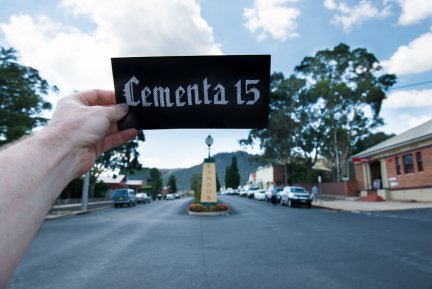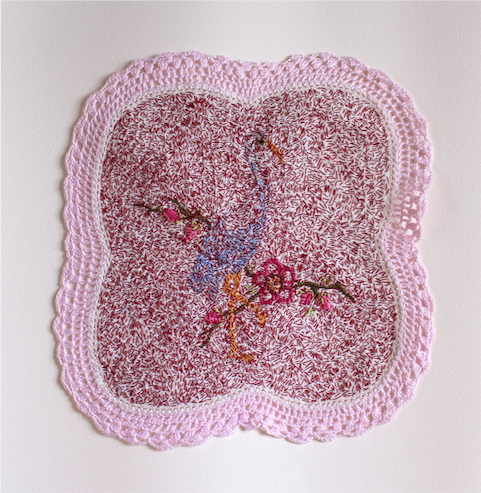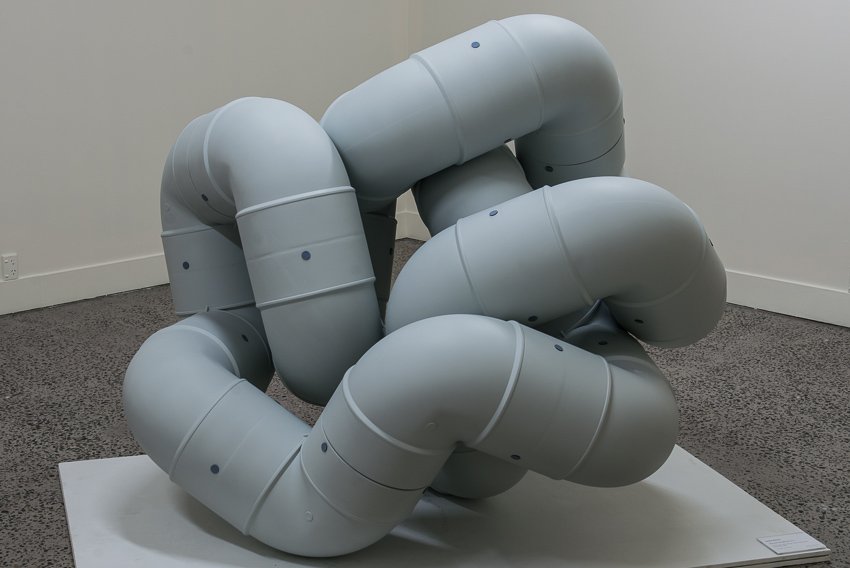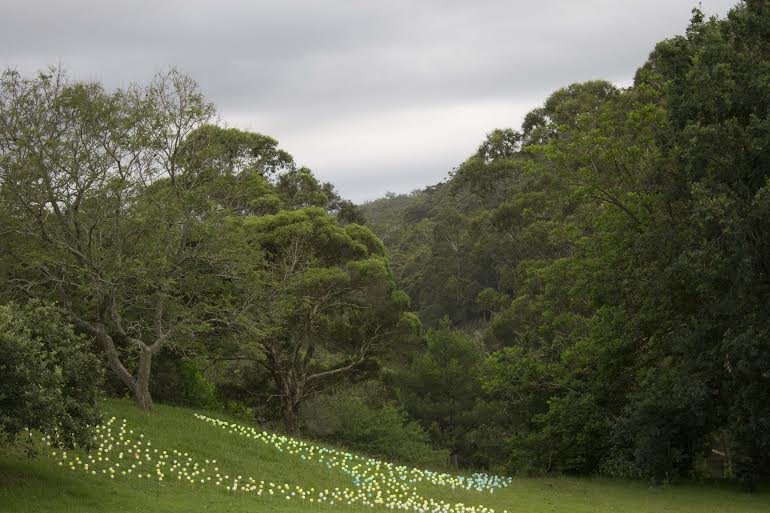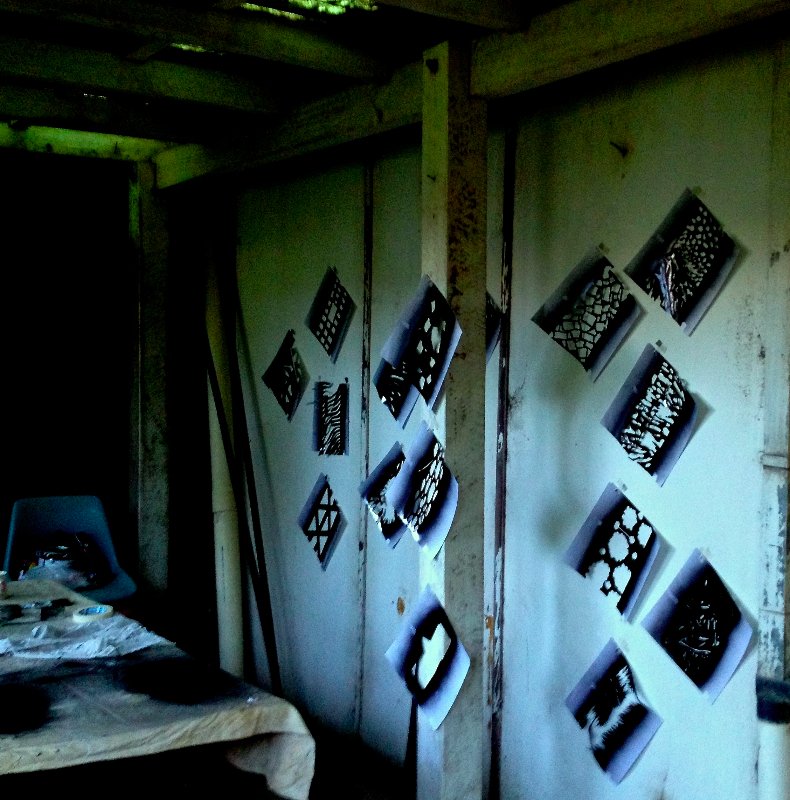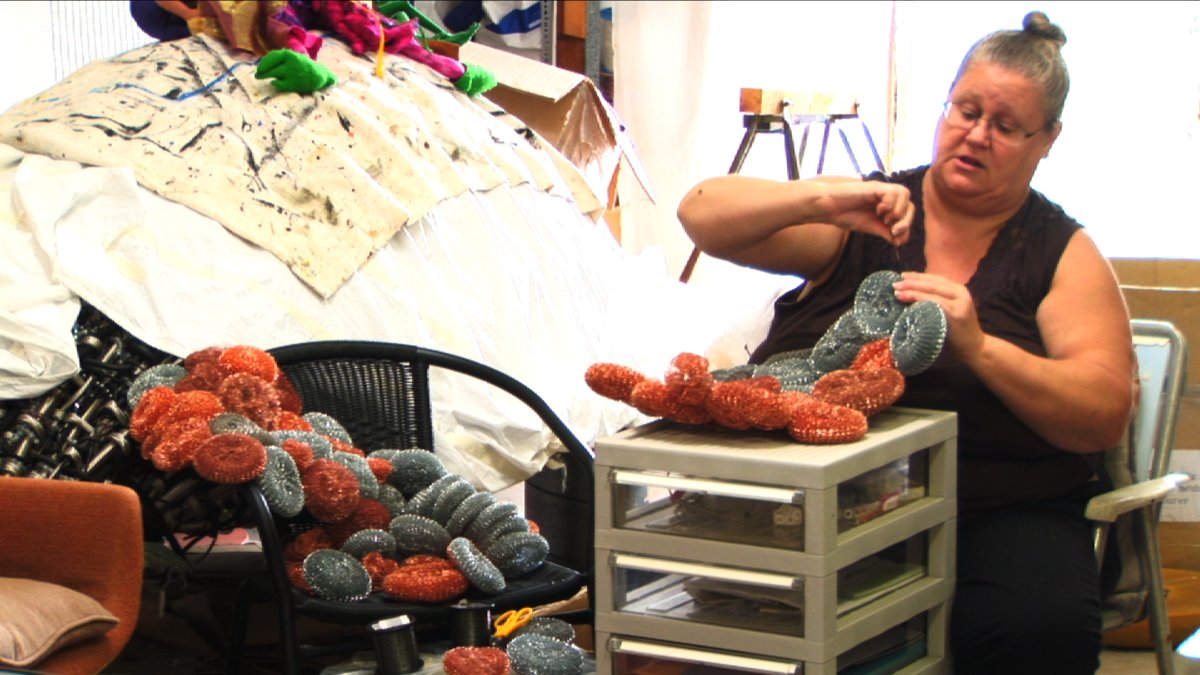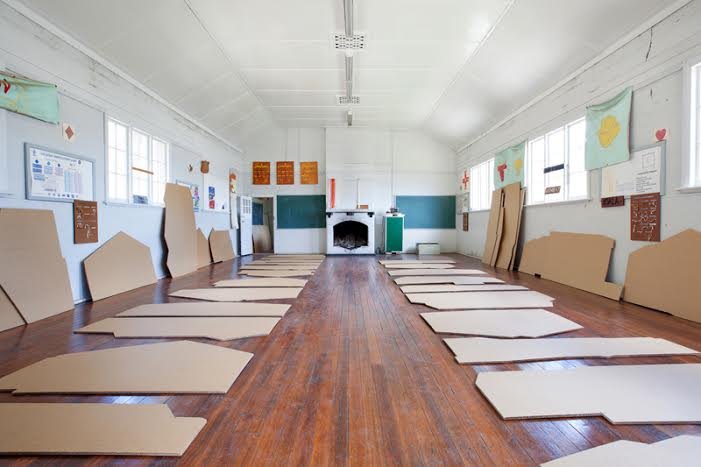What role does skill play in the value or meaning of your work?
It goes without saying that conceptual and technical skills play an essential role in the meaning and value of anyone's work, mine included. This is because conceptual skills are essential for the decision-making needed to make any artwork, and that includes decisions about the role and nature technical skills play in the work. Together, conceptual and technical skills determine the material and spatial form of works, and how that material and space is treated.
I feel myself to be part of the recent art movement away from art-specific skills and materials and towards more generic and everyday materials and skills, where content is sought less in representation, and more in the form of the work, including the role and nature of technical skill. This seems to be part of the 20thC movement towards the external context of a work and away from its interior—including the merging of art and life, minimalism's focus on the space of the viewer, site-specificity, installation and so on.
Thus I think that I and everyone I know take for granted that the level and nature of technical skill contributes to a work's meaning because it determines a work's language or form (by which I mean its material and that material's treatment or use and spatial arrangement/mobility etc). For example, in Polygon Landscape 2013 (an installation in the Kandos Scout Hall in Cementa13) I used everyday, non-art-specific material (cardboard) that was shaped and located using everyday technical skills (shaped by cutting with a circular saw, and placed using gravity and visitors' ability to carry the cardboard shapes) and located in an everyday place (a non-art building in a country town). The intention was to direct interest towards seeing the work within an everyday more than an art-specific context - including seeing the work in relation to the layout of houses in Kandos and their vulnerability to the fire and weather conditions to which other regions had recently been subject. At the same time, the apparent 'abstraction' of the cardboard shapes is intended to build bridges between the esoteric mystery of abstraction in art, and the more familiar abstraction of well-known objects (such as the houses you live in or often walk by) that you sometimes can't recognise because not enough information is provided (as also happens when you forget your glasses or it is nighttime).
What strategies do you employ when presented with projects that you don't have the skills to complete?
When I am 'presented with projects that I don't have the skills to complete', the possibilities are to:
develop the skills through my own experimentation or by doing a course designed by others, or ask someone else to do whatever part of the process I can't do myself in exchange for money or some collaborative arrangement, or find materials and objects that are readymade (ie already made with other's skills), or use my conceptual skills to design a work in which others people's conceptual and technical skills are part of its materials, etc.or anything else I can think of at the time.
For example in making Polygon Landscape, I knew from past experience that triwall cardboard is cut best with a circular saw, which I did not have, nor did I have good enough skills to use one well or safely. So I paid an artist friend to cut the shapes after I had marked them out on cardboard that I had bought and had delivered. (That past experience had come from working with an architect and artist to design and cut triwall cardboard in an earlier project.) The cardboard shapes could be as long as 2m or as wide as 1m, which means they need to be transported in a large van—which was kindly provided by Cementa Services.
What challenges have you faced in conceiving or producing your work for Cementa15 and how did you resolve them?
'Challenges' include the research needed to understand the subject that the Williams River Valley Artists' Group had made our current project—coal and CSG mining. As with previous projects, we did this research by 'residency'—in this case by visiting Camp Wando at Maules Creek during their 2014 weekends of workshops and protest actions. Out of that (and from the memory of a work many of us had seen in the last Venice Biennale) came the seed of an idea for a collaborative performance, which is still being workshopped to become the core of Instruments of Democracy in the Scout Hall in Kandos in April. This project will also include individual works by artists in the group—'challenges' include how to make curved legs with wheels for the small black shapes I am planning, which I addressed by paying a welder-friend to make. Other 'challenges' include finding enough time to make that work, after having also spent time writing this text.
http://www.margaretroberts.org/
